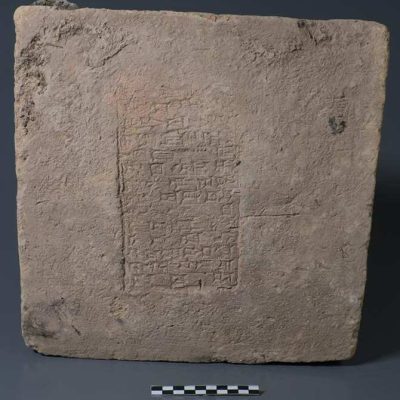The Disk of Phaistos is a unique artifact from the Bronze Age that has puzzled scholars since its discovery in 1908. The spiral-shaped inscriptions on the clay disc have remained undecipherable until now. Two scientists have made a breakthrough in identifying at least a portion of the inscription. The Disk of Phaistos is a clay disc that is about 2.1 centimeters thick and has inscriptions on both sides. It was discovered during excavations in a side chamber of the palace complex of Phaistos on the island of Crete. The disc is imprinted with 241 segments and 45 different symbols, including animal and plant motifs, tools, clothing, and people. The inscriptions are arranged in a spiral pattern, and the first known use of reusable symbols is also present.
Despite the numerous descriptions of each symbol, the meaning of the inscription as a whole has remained a mystery. However, linguist Gareth Owens and John Coleman from the University of Oxford have made progress in deciphering the inscriptions. They have identified that the content of the inscription refers to a form of femininity as a mother or goddess, referred to as Ique, and Iqepaje for the glorious mother or goddess. This breakthrough has shed light on the purpose of the artifact, which was to honor the gods of the late Minoan period. The disc is also known as an ancient CD and is dated back to 1550 BC. The inscriptions include precise depictions of a marching pedestrian, a head with feather decoration, and a captive prisoner. Various weapons also feature in the inscriptions.
The Disk of Phaistos has been a subject of fascination for scholars for over a century, with 26 attempts made to decipher the inscriptions. The recent breakthrough in identifying a portion of the inscription has provided a clearer understanding of the artifact’s purpose and meaning. The Disk of Phaistos remains a testament to the ingenuity and creativity of the ancient Minoan civilization.










